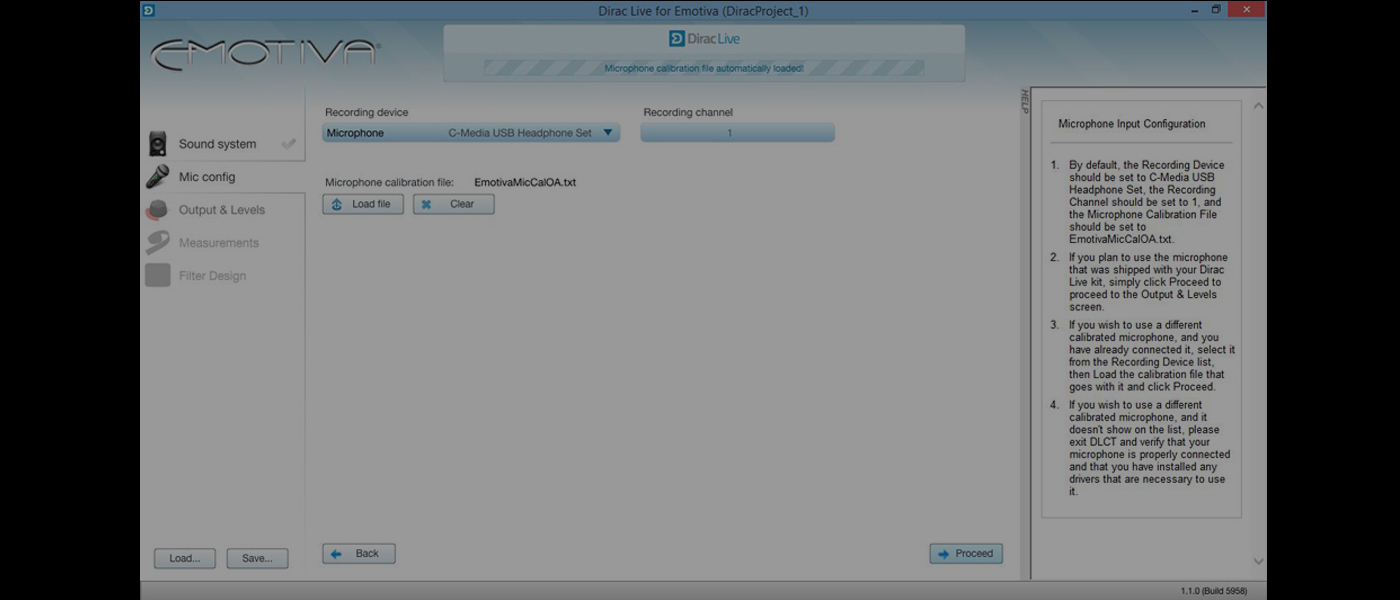

This is a complex, and therefore more expensive, circuit to design and implement, but the result is the clarity and finesse of Class A with the dynamic power and scale of Class AB, all in a package that runs efficiently.Īs discussed earlier, there are seven HDMI audio/video inputs and three outputs (two standard outputs and one for a second zone), alongside six RCA phono stereo analogue inputs, four coaxial and two optical digital audio connectors, an Ethernet RH45 socket, an input for FM/DAB radio and, perhaps somewhat perversely, a USB A socket for use with USB drives and for software updates, but no USB B socket for a direct computer connection. This works by having multiple power supplies feeding the output stage one set for those subtle ‘first watt’ moments, and a more muscular supply set for the heavy lifting duties. The idea is to retain the properties of a Class A design in sonic terms, but with good, solid Class AB design power when needed, without the inherent heat issues of higher-power Class A designs or the crossover distortion of Class AB. It has both an FM and DAB radio tuner as standard, or you can drive internet radio through the company’s own vTuner service portal, and this can be controlled from the supplied remote.Ĭlass G might be a new amplifier design to many, although is notionally similar to the Class H designs used in PA systems. It also features Spotify Connect, so Spotify Premium users can send their music selections direct to the SR250 so long as they are on the same Wi-Fi network. It supports both Dolby Audio and DTS HD Master Audio (these are not as pointless as it might seem to the stereo-only audiophile, as both are useful for accurately downmixing multichannel-encoded audio into two-channels in the manner and resolution intended at the engineer’s mixing desk).
Youtube dirac live review full#
While it’s hard to argue the latter with someone who has already installed a full Dolby Atmos speaker system and demands seven channels of amplification, anything more than a surface reading of the specification sheet shows up a really impressive design that runs roughshod over the rules of the Great Audio Divide.Īll of which means the SR250 is a 2x90W Class G AV receiver designed for stereo systems, although it can be driven as a 2.1 or even 2.2 channel system. The two-channel world (erroneously) sees no need for HDMI connectors, Dirac Live room correction, or anything to do with Dolby or DTS, while the AV world sees this as having too few channels to be worth bothering with. There is a touch of ‘huh?’ about the rationale behind the SR250, both from the traditional two-channel and the AV world, as it seemingly commits sins of commission for the former and omission in the latter. The Arcam SR250 challenges this prejudice head on, as it’s a two-channel AV receiver that is – from an audiophile perspective – bloody good! Perhaps still worse for the prejudice part, it’s bloody good in part because of its AV receiver aspects. But this has its darker side, such as our almost pathological rejection of all things ‘home cinema’. This can be a good thing: we are the people who kept vinyl alive before it was fashionable, and we are the people who are sparking a revival in open reel tape even though it’s been – at most – a niche within a niche for decades. Audiophiles have a somewhat justified reputation for being conservative in nature.


 0 kommentar(er)
0 kommentar(er)
